Media | Articles
Dissecting the thriving Japanese collector car segment
The Japanese car market is hands down the most interesting part of the collector car world at the moment. As an emerging segment, it’s more unpredictable, the rules are more fluid, and it skews far younger than the rest of the collector car market. All of this makes perfect sense given the fact that we’re talking about cars which as little as ten years ago weren’t on the radar of most traditional (read: older) collectors. But the people who grew up playing Gran Turismo and devouring the latest installment of the Fast & Furious franchise knew better, and taught the rest of the market a thing or two about what’s cool.
I’m hesitant to refer to it as the Japanese car market since that makes it sound far more monolithic than it actually is. In reality, it’s extremely diffuse, and a bit confusing, particularly for outsiders looking in. And frankly, although I’ve owned every flavor of early Z-car, I still fall into that category. Nevertheless, I can parse the market into some distinct categories and share some current trends.
Japanese Royalty

The established royalty of the Japanese car world consists of cars like the Toyota 2000GT, Mazda Cosmo, the Nissan Fairlady Z432, and early Skyline 2000 GT-Rs. The highest-spec, post-1970s Skylines, the Zanardi Edition Acura NSX, and the best of the MK IV Supra Twin Turbos, Subaru/Prodrive WRXs, and the Acura Integra Type R are probably destined for this group as well.
The 1960s and 1970s cars in this category represent the most stable part of the market. That makes sense, since these were the first cars to really take off and they’ve had ample time to find their buyers and evangelists. The established royalty seem fully priced at the moment, while the ’90s and newer cars seem to have no immediate ceiling, at least in the case of low-mileage, unmodified cars. Because of the demographic they appeal to, their best days are clearly in front of them.
U.S. Market Blue-Chippers
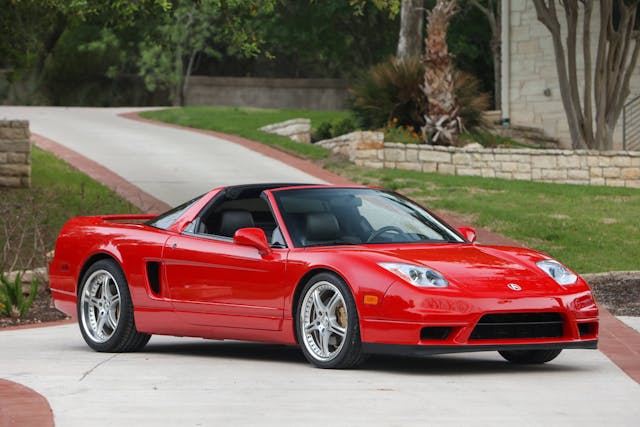
After the royalty, the bluest of the blue chip Japanese cars that were commercially available in the U.S. when new consist of the following: 1967 Datsun 2000 Fairlady Roadster, the Honda S600/800, the Datsun 240Z, the Z32 generation Nissan 300ZX Turbo, the Honda S2000 Club Racer, The third-generation (FD) Mazda RX-7, the second-generation (GD/GG) Subaru WRX, and the first-generation Acura NSX. R-Package NA Miatas should probably be thought of as near blue-chippers at this point, too. Though the Datsun/Nissan Z cars have seen values slip recently, most of the above are still at least modestly on the uptick, and all still have a significant upside.
Marketplace
Buy and sell classics with confidence
The only impediment to collecting and enjoying these cars is parts support, which tends to lag behind other imported collectible cars, particularly those from BMW and Porsche. Bargains are few and far between among the blue-chippers, but you don’t have to move that far down market to find some nearly equally interesting cars. Either generation of Nissan 240SX (assuming you can find an unmodified one), and first-generation RX-7s seem like good deals. The RX-7 really was the spiritual successor to the 240/260/280Z and the price delta between the two cars just seems too wide at this point. Chalk it off to the usual rotary scare stories that seem effective in frightening people off.
Freakishly Low Mileage Examples of “Disposable” Cars
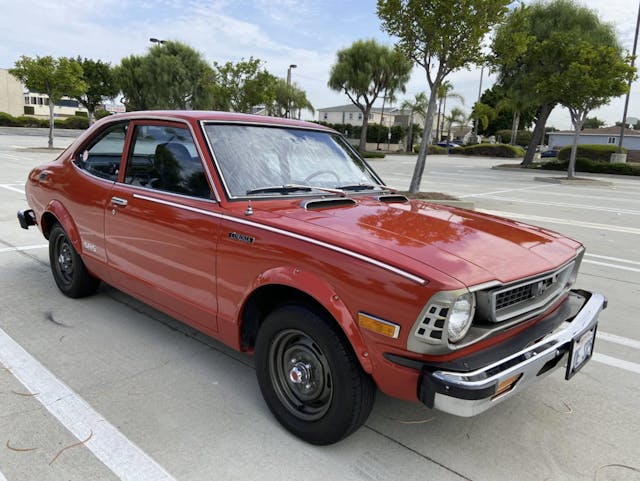
Most Japanese cars of the 1960s through the 1990s were simply low-cost (albeit high-quality) transportation and they were used as such, often racking up lunar miles in the process of being driven into the ground. While mechanically nearly bulletproof, cars that found homes outside of the West Coast usually saw their sheet metal dissolve after a few harsh, salty winters. Thus, the survival rate of once-numerous, fairly ordinary cars like first-generation Civics, Corollas and Accords is miniscule. Those that have survived tend to be street-parked, 300,000-mile-plus Los Angeles cars that evaded cash for clunkers and are still somehow able to pass smog.
With that, it’s no surprise that clean, low-mileage examples can bring eye-popping money via online auctions. Need proof? A minty 32,000-mile California 1979 Honda Civic CVCC (with a two-speed automatic no less) sold on Bring a Trailer last year for $36,225 after fees. Simply have to have the best early Corolla out there? A ’74 SR-5 Coupe with 29,000 miles drove bidders crazy recently on the same online auction site. This one was a five-speed manual, and predictably, also from Southern California. It made $37,275 after fees. Sales of low-mileage freaks are great fun to watch—who doesn’t like time-capsule early Japanese cars? In these kinds of sales, there’s just no telling whether a given car will set a record or fly under the radar. Cars sell for what they sell for, and each one represents a very limited opportunity—as many observers have noted, there may well be more Ferrari 250 GTOs extant than concours-condition early Civics.
Recently-Legal JDM
The car that’s captured the spotlight over the last couple years as the Japanese domestic market car to have is the Nissan Skyline R34 GT-R. The Nürburgring-bred R34 pushed the era’s boundaries for tech and performance, with some variants capable of sub-eight-minute Nordschleife times. American fans of the R34, and there are many, have been drooling over the few Show or Display cars that have made it here, and are counting the days until the 25-year rule kicks in.
The entry point for a Show or Display R34 GT-R, landed in the States with appropriate papers and customs clearances, starts around $200,000. While some speculate prices may come down as supply increases with more model years becoming legal, I wouldn’t count on it. This car is enjoying more than just a moment in the sun—it’s an icon that is now getting its due. I’m not sure the private import pipeline has the bandwidth to satisfy the truly voracious demand any time soon any more than the other side of the globe can satisfy Americans’ love for vintage left-hand-drive Land Rover Defenders.
It’s not just the GT-R dominating Japanese import headlines. The Mitsubishi Pajero Evo, a homologation sport utility special famous for Dakar Rally dominance, has recently reached 25 years of age and is making a splash in the U.S. market. The Pajero ticks a lot of boxes: it’s relatively rare at around 2500 units produced, its proportions, air scoops, and aero ooze personality, and sport utilities are now firmly a fixture in the collector world. We’ve noted three recent online auction sales of clean Pajeros for around $50,000, and we fully expect interest, and prices, to continue to grow.
***
Check out the Hagerty Media homepage so you don’t miss a single story, or better yet, bookmark it. To get our best stories delivered right to your inbox, subscribe to our newsletters.
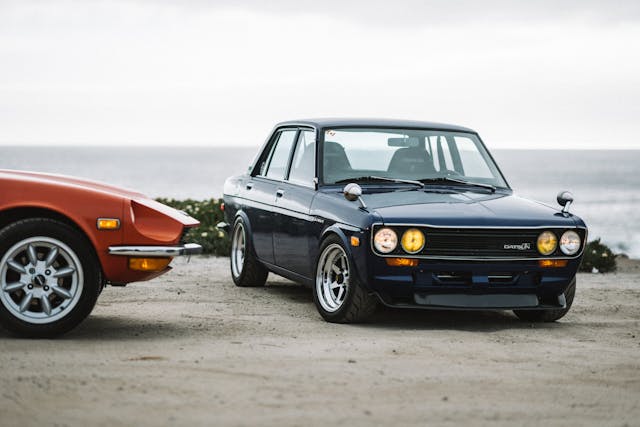








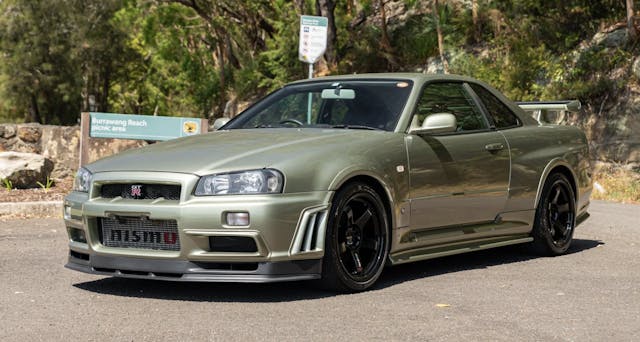
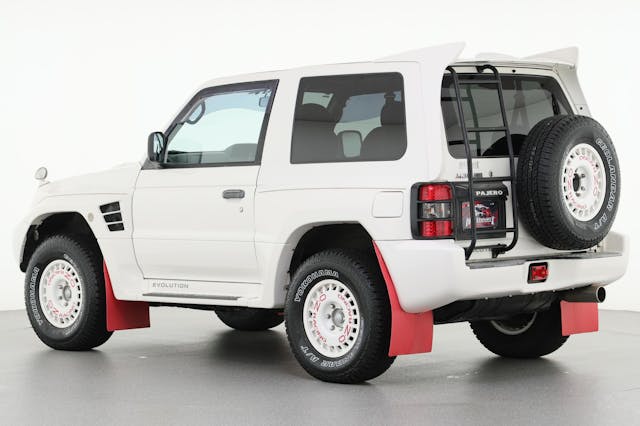




The Asian car market is very different. The higher end sports models survive but often in low numbers so the can be costly to buy.
Then you have the high tech models that are near impossible to restore due to lack of parts and high cost.
The rest are mostly disposable cars that just did not survive.
Junk yards today are scarce but many models are just not stocked after so many years since so many are no longer on the road.
Back in the 80’s we found muscle cars cheap. We found parts in the junk yards and now the well established repo market.
Also the interchangeable parts helped vs the many Asian cars that have few parts that interchange.
We will see thing grow but it will be much different.
Over all Trucks and off road vehicles are the big segment.
At 40 years old, I fall into this category of “the people who grew up playing Gran Turismo and devouring the latest installment of the Fast & Furious franchise.” It’s probably fair to say I’m OBSESSED with JDM cars from the 80s and 90s. I absolutely love my 1987 Mitsubishi Starion ESI-R Turbo and I’m hoping to snag a FC RX7 or Subaru GC-8 at some point.
I truly wish (as do way too many of my peers) that the market for R34 GT-R Skylines would cool off enough for me to be able afford one, but I agree with Rob – I’m not counting on it. Ever.
Great to see an article about the Japanese classics as well as the ones being imported. I would like to have seen something regarding the first Gen Celica, a rare car that is not seen often and talked about even less.
Deja Vu article!
I will never get to buy a R33 or R34 GT-R it seems.
Nissan should come out with a bang and sell a special outgoing edition GT-R with a manual 6 speed. Bet it sells out before it goes on sale.
1967.5 SR311 00650 DATSUN 2000
Latest appraisal $84,000 Canadian
waiting for Hagerty to do a story on these rare gems
Gee, you show a Datsun 510 to get me to read the article and then totally ignore it in the text. This car was, and still is awesome and gets some credit for being the first true tuner car in North America. Yes, they did have a tendency to rust but independent rear suspension in an econo box?? Try to find one now that doesn’t set you back serious bucks.